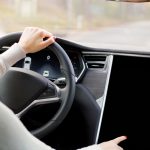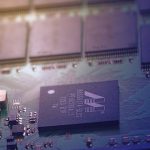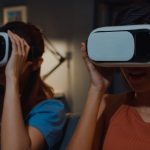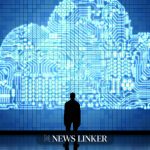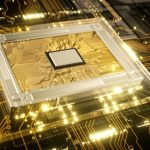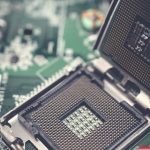Tesla‘s Robotaxi project emerges amidst a broad regulatory inquiry that tests the company’s claim of advancing autonomous driving capabilities. With self-driving technology increasingly becoming a focal point in the transportation industry, Tesla strives to demonstrate its readiness and flexibility under potentially challenging conditions. The endeavor has drawn increased scrutiny, seeking validation of the carmaker’s methods and safety measures.
Tesla’s previous engagements with the National Highway Traffic Safety Administration (NHTSA) have frequently centered around the safety and reliability of its Full Self-Driving (FSD) system. Over time, NHTSA has expressed concerns, particularly after incidents involving reduced roadway visibility, prompting the agency to demand detailed information on Tesla’s safety protocols. As autonomous technologies evolve, so do regulatory expectations and safety benchmarks, requiring Tesla to continually adapt its systems.
How will Tesla ensure safety in adverse weather?
The NHTSA has specifically asked Tesla to clarify how its Robotaxi technology will operate in poor weather conditions, which can affect sensor performance and vehicle response. Tesla is tasked with explaining how its systems will detect and handle low-visibility scenarios. These questions highlight ongoing concerns about the dependence on sensor accuracy for autonomous vehicle navigation and the potential hazards posed if this technology fails in real-world conditions.
What is the status of Tesla’s current Robotaxi program?
Currently, Tesla’s Robotaxi is operating in a supervised format in Austin and San Francisco for employees only, with a driver present to oversee operations. This trial phase has seen successful completion of numerous rides. However, the upcoming launch in Austin is expected to be more autonomous. This progression aims to test the limits of Tesla’s autonomous capabilities and prepare it for broader public use.
How is the NHTSA investigating Tesla’s technology?
The investigation by the NHTSA, initiated last October, aims to evaluate the effectiveness of Tesla’s FSD system in adverse conditions. It questions the system’s ability to respond reliably during such events, examining past incidents and exploring updates to Tesla’s systems. The outcome of this investigation could influence future regulations and standards for autonomous driving technology in the U.S.
Autonomous vehicle technology continues to advance, with ongoing scrutiny ensuring it matches safety expectations. Tesla’s involvement with the NHTSA underscores the importance of transparency and collaboration in presenting reliable, safe autonomous solutions. As these technologies become commonplace, balancing innovation with safety remains central. The outcome of the NHTSA’s evaluation might serve as a benchmark for future deployments of autonomous technology nationwide, affecting more than just Tesla’s strategic trajectory.
- Tesla faces scrutiny over Robotaxi’s performance in poor weather.
- The NHTSA investigates the system’s reliability under reduced visibility.
- The Robotaxi program trials supervised rides for Tesla employees currently.



